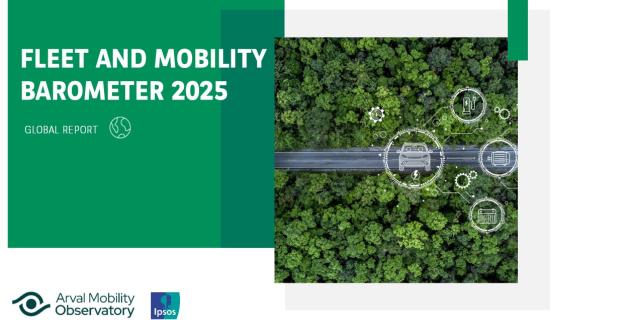In September 2017, the new norm WLTP will replace the current NEDC allowing a more precise and accurate calculation of the vehicles’ CO2 emissions
WLTP
In September 2017, the new norm WLTP will replace the current NEDC allowing a more precise and accurate calculation of the vehicles’ CO2 emissions
How will the Lab tests work in the future ?
- WLTP will take into account:
- CO2 values for individual vehicles
- Higher speeds
- More dynamic and realistic acceleration and deceleration
- Stricter vehicle set-up during the test
Why introduce it?
- Consumers pay more at the pump because of the inaccuracy of the NEDC, while governments that tax cars on their CO2 output miss out on revenue.
- Scientists reported that the gap between the certified and real life levels widened from 8% in 2001 to 38% in 2013 on average.
How does NEDC work?
- The New European Driving Cycle (NEDC) is a driving cycle, last updated in 1997, designed to assess the emission levels of car engines and fuel economy in passenger cars (which excludes light trucks and commercial vehicles). It is also referred to as MVEG cycle (Motor Vehicle Emissions Group).
- The NEDC, which is supposed to represent the typical usage of a car in Europe, is repeatedly criticized for delivering economy-figures which are unachievable in reality. It consists of four repeated ECE-15 urban driving cycles (UDC) and one Extra-Urban driving cycle (EUDC).
- The test procedure is defined in UNECE R101 for the measurement of CO2 and fuel consumption and/or the measurement of electric energy consumption and electric range in hybrid and fully electric M1 and N1 vehicles, and UNECE R83 for the measurement of emission of pollutants of M, N1 and M2 vehicles. It is maintained by the UNECE World Forum for Harmonization of Vehicle Regulations (WP.29), which also works on its successor, the Worldwide harmonized Light vehicles Test Procedures (WLTP).
Although originally designed for petrol-based road vehicles, the driving cycle is now also used for diesel vehicles and to estimate the electric power consumption and driving range of hybrid and battery electric vehicles.*
How does WLTP differ from NEDC?
It uses a more realistic driving cycle derived from a database of 800 000km of in-use vehicle data. At 30 minutes in duration, the WLTP is 50% longer than the NEDC, covers more than twice as much km and includes extra urban phase where speeds can reach 130km.
Implications?
- It will eliminate the CO2 bonus from start-stop systems, but the WLTP is quite friendly towards 48-volt mild hybrids, which are considered a cost-effective means of downsizing engines further without sacrificing acceleration or torque.
- Additionally, WLTP requires CO2 emissions levels for every version a car a customer can purchase, rather than one low-spec base version.
Who will use the WLTP Test?
- The European Union will be the first to implement. Other countries participated in pooling data, as a result Japan has committed to using WLTP, with India and Korea expected to follow.
- China’s participation remains unclear.
- The US withdrew in 2010, U.S Officials never saw the need for change having had a more effective fuel consumption test than NEDC to begin with.
* Source: https://en.wikipedia.org/wiki/New_European_Driving_Cycle











